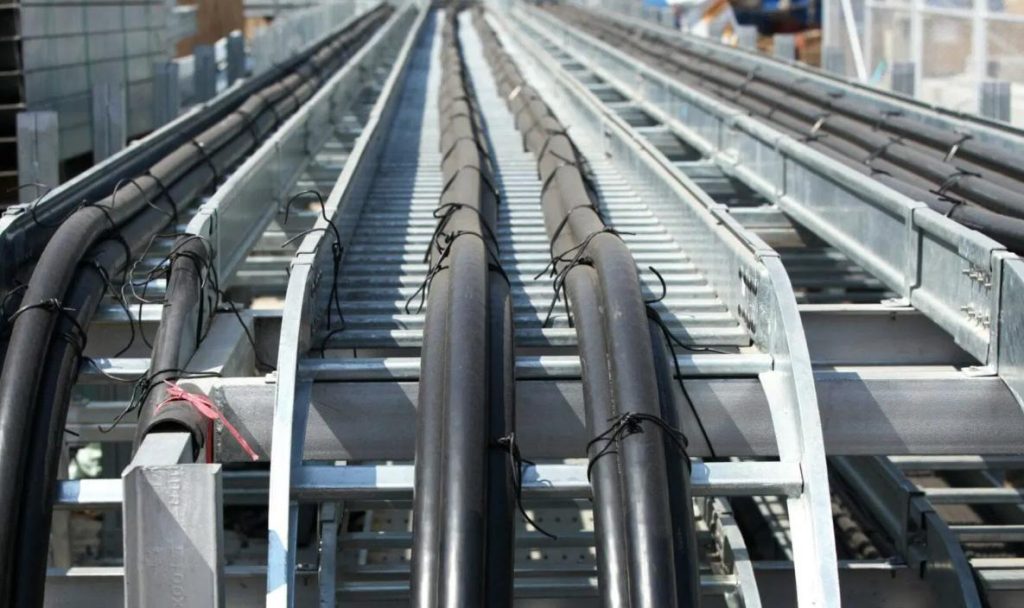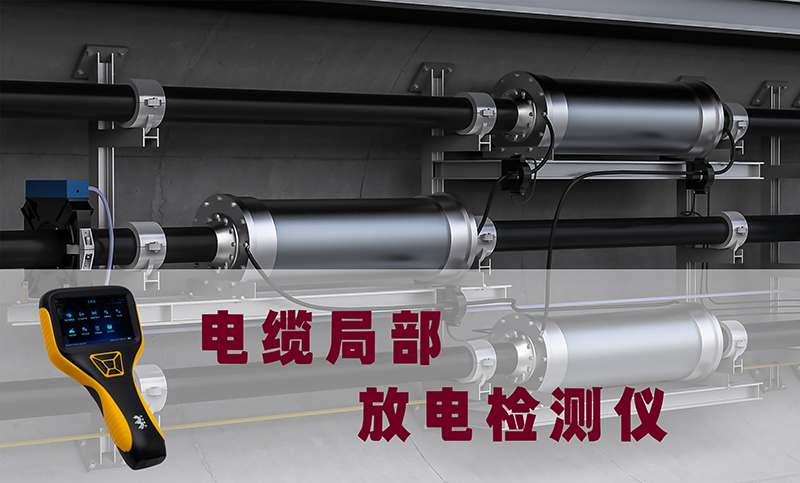In modern power grids, cables play a crucial role as the main carriers of electricity transmission. Their insulation condition is directly linked to system stability and operational safety. However, during long-term operation, cables may develop insulation defects due to material aging, poor installation practices, or environmental influences. These defects can lead to partial discharge (PD). Although the initial energy of PD is small, it is often the precursor of insulation degradation. Without timely detection and intervention, it may eventually cause cable breakdown, leading to large-scale outages and economic losses.

The cable partial discharge detector is specifically developed to address this challenge. It integrates multiple detection methods such as Transient Earth Voltage (TEV), ultrasonic sensing, high-frequency current, and Ultra High Frequency (UHF) to effectively capture PD signals from cables and their accessories. By applying different sensors in various scenarios, the device provides versatile applications:
- High-frequency current sensors: mainly used for cable and transformer PD detection;
- UHF sensors: suitable for transformers and GIS monitoring;
- Ultrasonic sensors: in air-coupled or contact modes, applicable for switchgear, overhead lines, and transformers.
Compared with traditional inspection methods, the cable partial discharge detector offers advantages of portability, intelligence, and intuitive results. Some advanced models integrate PRPD and PRPS pattern analysis, enabling engineers to visualize PD characteristics and quickly identify defect types by comparing with built-in reference libraries. The devices also support threshold alarms, acoustic monitoring, data storage, and playback, which significantly enhance the efficiency and accuracy of maintenance work.

With the advancement of smart grid construction, modern detectors are also equipped with multiple communication interfaces such as USB, Bluetooth, Wi-Fi, and NFC. These enable seamless connection with Power Management Systems (PMS), allowing automatic data upload and work order management, thus helping utility teams achieve digitalized and intelligent asset management.

Today, many manufacturers provide cable partial discharge detectors, and some have focused on this field for years, emphasizing not only higher detection accuracy but also portability and user-friendly design. For example, certain models run on an embedded Linux system, feature a high-resolution touchscreen, and offer typical PD pattern libraries, making the instruments more practical for frontline engineers.
Looking forward, the cable partial discharge detector is expected to become a standard tool for power maintenance personnel. It not only helps to locate hidden defects in cables but also serves as a vital component of smart grid operation and maintenance systems, ensuring the safe and reliable performance of power networks.
